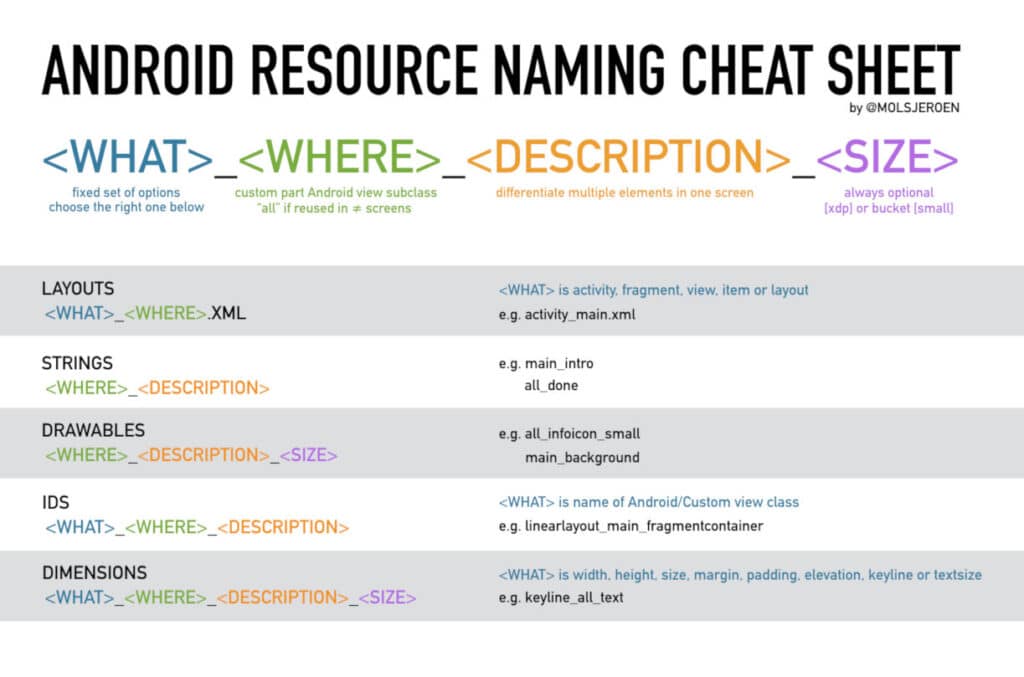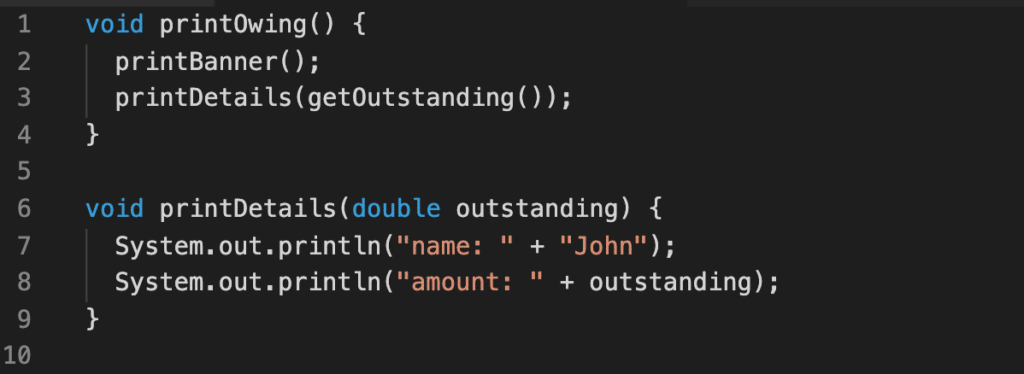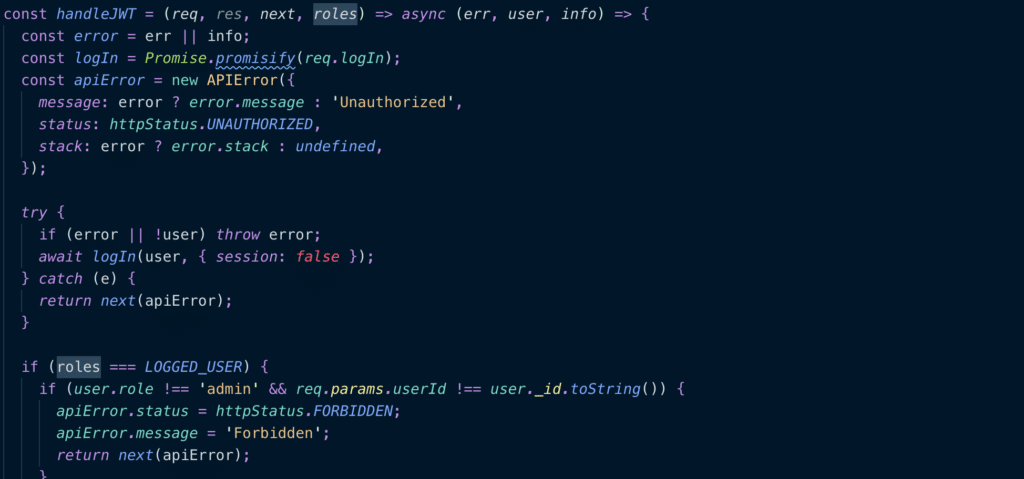Writing clean code is an essential part of software development, but it’s not always easy to achieve. Writing clean code means writing code that is easy to pursue, straightforward to comprehend, and easy to maintain. Clean code is code that is free from unnecessary complexity, is modular and reusable, and is optimized for readability and maintainability. In this article, we will discuss 5 best practices for writing clean code.
Contents
1. Use Intuitive Naming Conventions
One of the most significant elements of writing clean code is using intuitive and descriptive naming conventions. When you name variables, functions, classes, and other elements in your code, it’s important to use names that clearly communicate their purpose and functionality. Names that are too short or too vague can make your code difficult to understand and maintain. On the other hand, names that are too long or too specific can be cumbersome and may make your code harder to read.
To write clean code, use meaningful names that are easy to read and understand. Be consistent in your naming conventions, and avoid using abbreviations or acronyms that may not be familiar to others. If you need to use abbreviations, make sure they are well-known and easy to understand.
2. Write Modular and Reusable Code
Another important aspect of writing clean code is to write code that is modular and reusable. Modular code is code that is divided into smaller, independent units or modules. This makes the code easier to understand and maintain, as each module can be tested and debugged separately.
When writing modular code, make sure to keep your modules small and focused on a specific task or function. This will make them easier to reuse in other parts of your code or in other projects. By writing modular and reusable code, you can save time and reduce the amount of code you need to write.
3. Keep Code Consistent and DRY
To write clean code, it’s important to keep your code consistent and DRY (Don’t Repeat Yourself). Consistency in your code means using the same syntax, formatting, and style throughout your codebase. This constructs your code more comfortable to read and comprehend, as readers don’t have to constantly switch between different styles or formats.
DRY code means avoiding duplicating code in different parts of your codebase. Duplicating code can lead to errors and can make your code harder to maintain. To keep your code DRY, make use of functions, classes, and other reusable code blocks. This will help you reduce the amount of code you need to write and make your code more maintainable.
4. Optimize for Readability and Maintainability
When writing clean code, it’s important to optimize your code for readability and maintainability. Readability guides to how comfortable it is to read and comprehend your code, while maintainability refers to how easy it is to modify or update your code.
To optimize for readability, use whitespace, comments, and formatting to make your code easy to scan and understand. Use consistent indentation, and break long lines of code into smaller, more readable lines. To optimize for maintainability, make sure your code is well-organized and easy to modify. Use descriptive variable and function names, and avoid hard-coding values in your code.
5. Prioritize Code Comments and Documentation
Code comments and documentation are essential components of writing clean code. They provide context and explanations for other developers who may have to work on the code later. Without proper documentation, the code may be challenging to understand, which can lead to mistakes and wasted time. Firstly, code comments help explain the purpose of the code and how it works. Comments can provide details about the design decisions made during development, outline any potential pitfalls, and describe how the code interacts with other parts of the system. They make it easier for other developers to read, understand and maintain the code.
Secondly, documentation helps communicate how the system works, including any assumptions or limitations. It’s particularly useful for new developers who may not be familiar with the project. Documentation also provides a clear understanding of the system’s inputs, outputs, and dependencies. Without proper documentation, developers may spend countless hours deciphering what the code is supposed to do, leading to errors, bugs, and delays.




